Understanding Papal Conclaves: Secrecy, Tradition, And The Election Of A New Pope
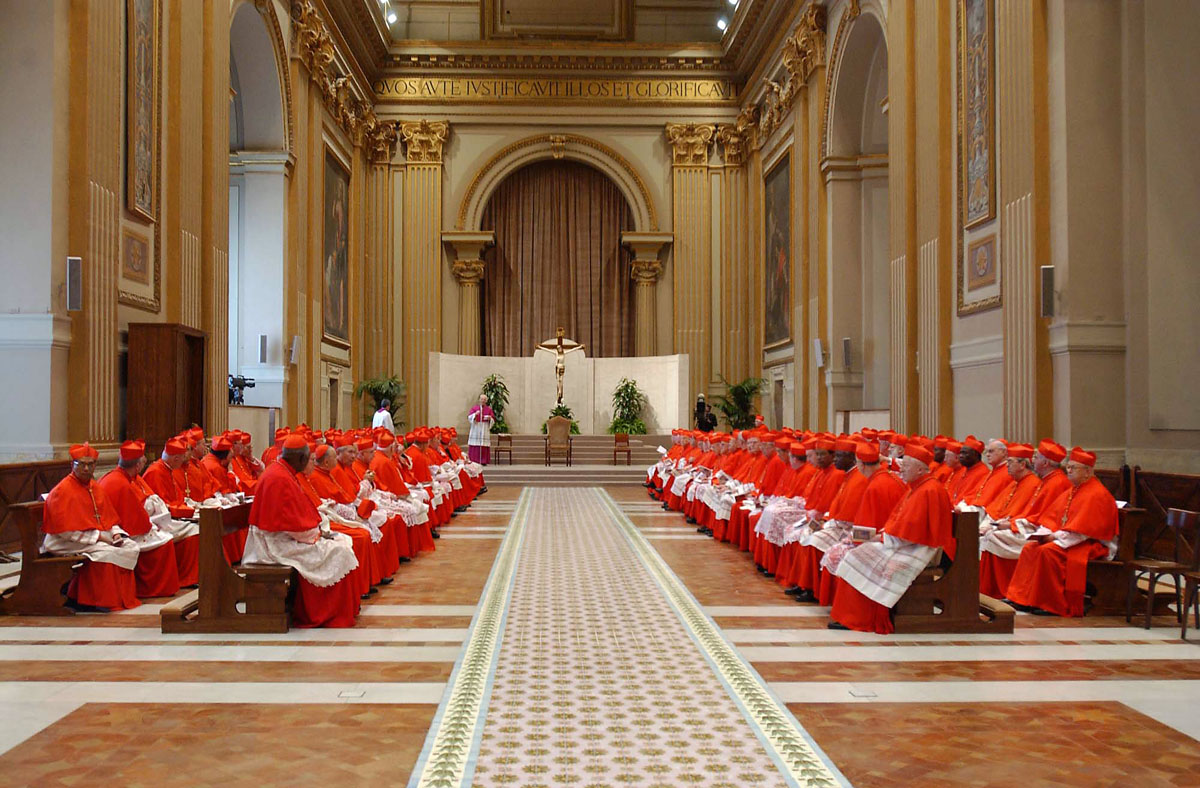
Table of Contents
The History and Tradition of Papal Conclaves
Papal Conclaves, meaning "with key," referring to the locked assembly of cardinals, have evolved significantly since their origins. Early forms of papal elections were often fraught with political intrigue and factionalism. The formalization of the conclave process aimed to curb these issues and ensure a more orderly and legitimate selection of the Pope. Key historical changes include the increasing formalization of rules and procedures, the shift towards greater secrecy, and the evolving relationship between the conclave and external political pressures.
Secrecy and its Significance
Secrecy is paramount to the integrity of the Papal Conclave. This tradition, deeply rooted in history, aims to shield the election from external influences and ensure that the cardinals' deliberations remain free from coercion or manipulation. Historically, secrecy was crucial in preventing the interference of powerful secular rulers or factions within the Church itself. Specific measures taken to ensure this secrecy include:
- "Black smoke" vs. "white smoke" signals: The iconic plumes of smoke signaling the progress of the voting process, black for no election, white for a new Pope elected.
- Papal apartment security measures: Strict security protocols are implemented to isolate the cardinals and prevent unauthorized communication or access.
- Communication restrictions on cardinals: Cardinals are largely cut off from external communication during the conclave to minimize external influences.
The Role of the Cardinals in the Conclave
Only cardinals under the age of 80 are eligible to participate in the Papal Conclave. These cardinal electors hold a significant responsibility, as they are tasked with selecting the next leader of the Catholic Church. Their role involves prayerful reflection, deliberation, and the casting of secret ballots until a two-thirds majority is achieved. The process involves:
- Cardinal electors: Cardinals under 80 who are eligible to vote.
- Voting procedure: Secret ballots are cast and meticulously counted to ensure fairness and anonymity.
- Scrutiny: The formal counting of votes, repeated until a Pope is elected.
- Two-thirds majority required: A candidate needs a two-thirds majority of the votes to be elected Pope.
The Modern Papal Conclave: Process and Procedures
The modern Papal Conclave is a meticulously planned and highly organized event. Preparations begin well in advance, including the selection of the site (typically the Sistine Chapel), the arrangement of living quarters for the cardinals, and the establishment of strict communication protocols.
The Election Process in Detail
The election process is a series of carefully orchestrated steps:
- Ballot preparation and counting: Special ballots are used to maintain secrecy and prevent tampering. Votes are meticulously counted by appointed officials.
- Announcing the result (white smoke): The iconic white smoke signals to the world that a new Pope has been elected.
- "Habemus Papam!" announcement: The announcement ("We have a Pope!") is made from the balcony of St. Peter's Basilica.
The cardinals' daily routine during the conclave consists of prayer, reflection, and the voting process itself. Living conditions are simple, emphasizing a focus on the spiritual and solemn nature of the task at hand. If no candidate achieves the required two-thirds majority after several rounds of voting, procedures for resolving the impasse are implemented.
The Significance of Papal Conclaves in the 21st Century
Papal Conclaves continue to hold immense significance in the 21st century. The election of a new Pope has a profound impact on the Catholic Church, shaping its direction and influencing its relationship with the world.
The Global Impact of the Papal Election
The global media coverage of a Papal Conclave is intense, underlining its profound importance in the contemporary world. The newly elected Pope's influence extends far beyond religious matters, affecting various aspects of society, including:
- Media attention and global reach: The event is covered extensively by international media, making it a global phenomenon.
- Political and social ramifications: The Pope's pronouncements on various issues have political and social consequences worldwide.
- Adapting to modern challenges: The Church continues to adapt the conclave process to meet modern challenges and maintain its relevance.
The future of Papal Conclaves likely involves a continuing adaptation to evolving Church dynamics and globalization while preserving the essential elements of tradition and secrecy.
Conclusion
Papal Conclaves represent a unique blend of ancient tradition and modern-day processes. The secrecy surrounding the event, the crucial roles of the cardinals, and the rigorous election procedures all underscore the gravity of this pivotal moment for the Catholic Church. The historical significance and modern-day relevance of Papal Conclaves are undeniable, with the elected Pope shaping the future direction of the Church and influencing global affairs. To further your understanding of this fascinating subject, explore further resources on the history and processes of Papal Conclaves and their continuing influence on the Catholic Church and the world. Understanding Papal Conclaves offers a glimpse into the heart of the Catholic faith and its enduring impact on global society.

Featured Posts
-
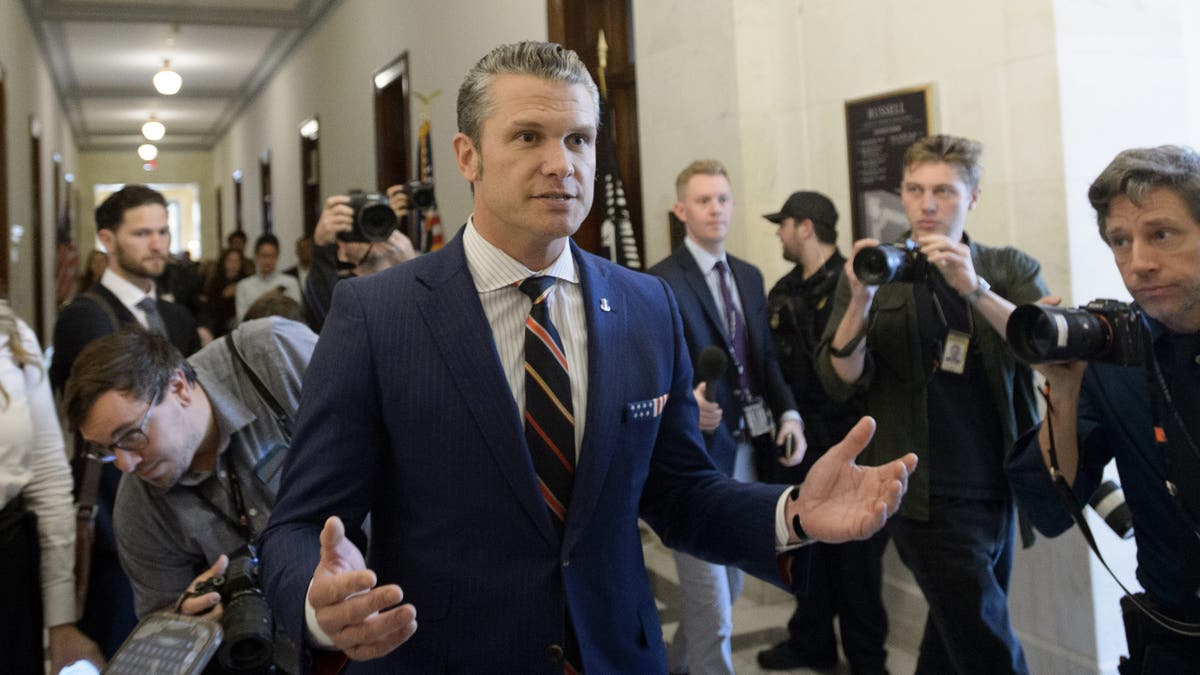 Hegseth Under Fire Pentagon Chaos Claims And Signal Chat Controversy
Apr 22, 2025
Hegseth Under Fire Pentagon Chaos Claims And Signal Chat Controversy
Apr 22, 2025 -
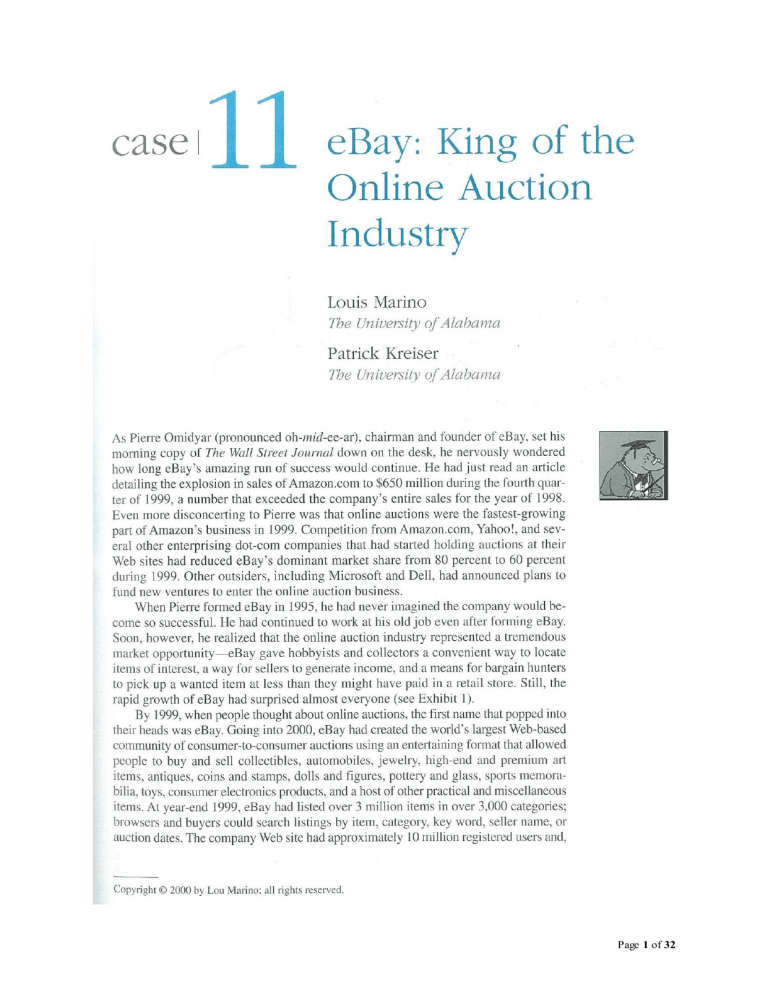 Section 230 And The Sale Of Banned Chemicals On E Bay A Case Study
Apr 22, 2025
Section 230 And The Sale Of Banned Chemicals On E Bay A Case Study
Apr 22, 2025 -
 Podcast Power Using Ai To Process Repetitive Scatological Documents
Apr 22, 2025
Podcast Power Using Ai To Process Repetitive Scatological Documents
Apr 22, 2025 -
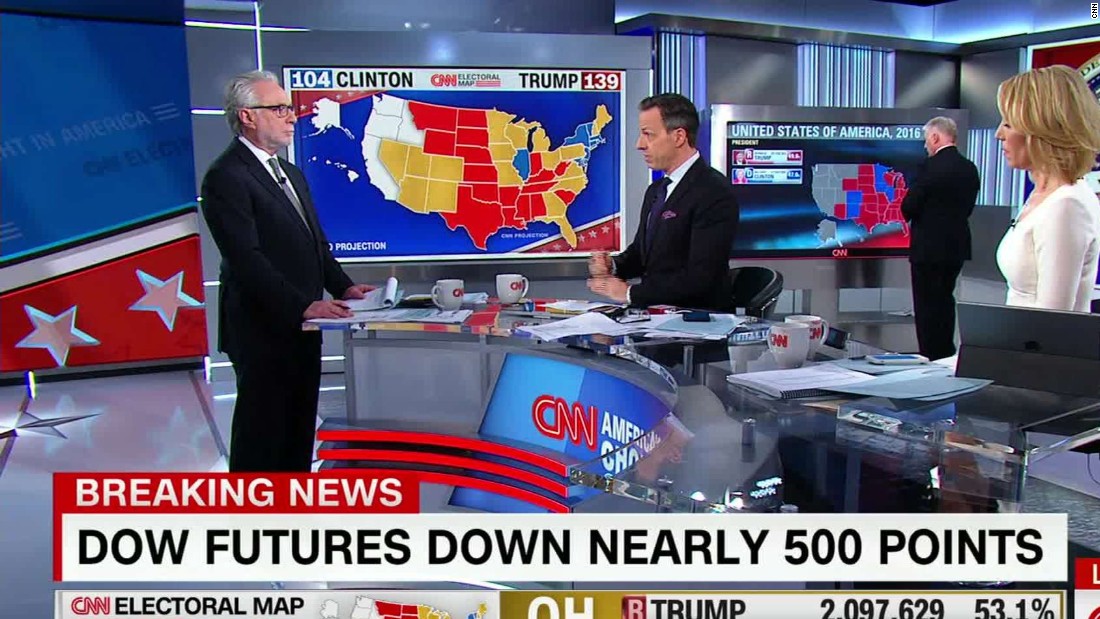 Trade War Impact Live Updates On Dow Futures And Dollar Movement
Apr 22, 2025
Trade War Impact Live Updates On Dow Futures And Dollar Movement
Apr 22, 2025 -
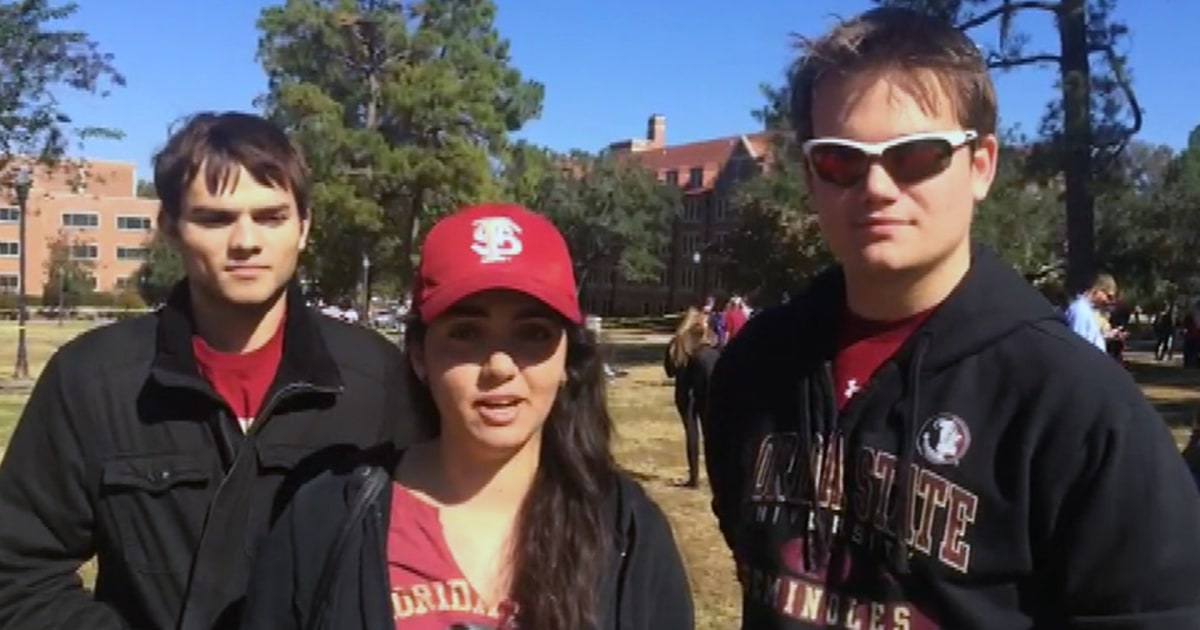 Increased Student Fear At Fsu Following Security Breach Despite Prompt Police Response
Apr 22, 2025
Increased Student Fear At Fsu Following Security Breach Despite Prompt Police Response
Apr 22, 2025
